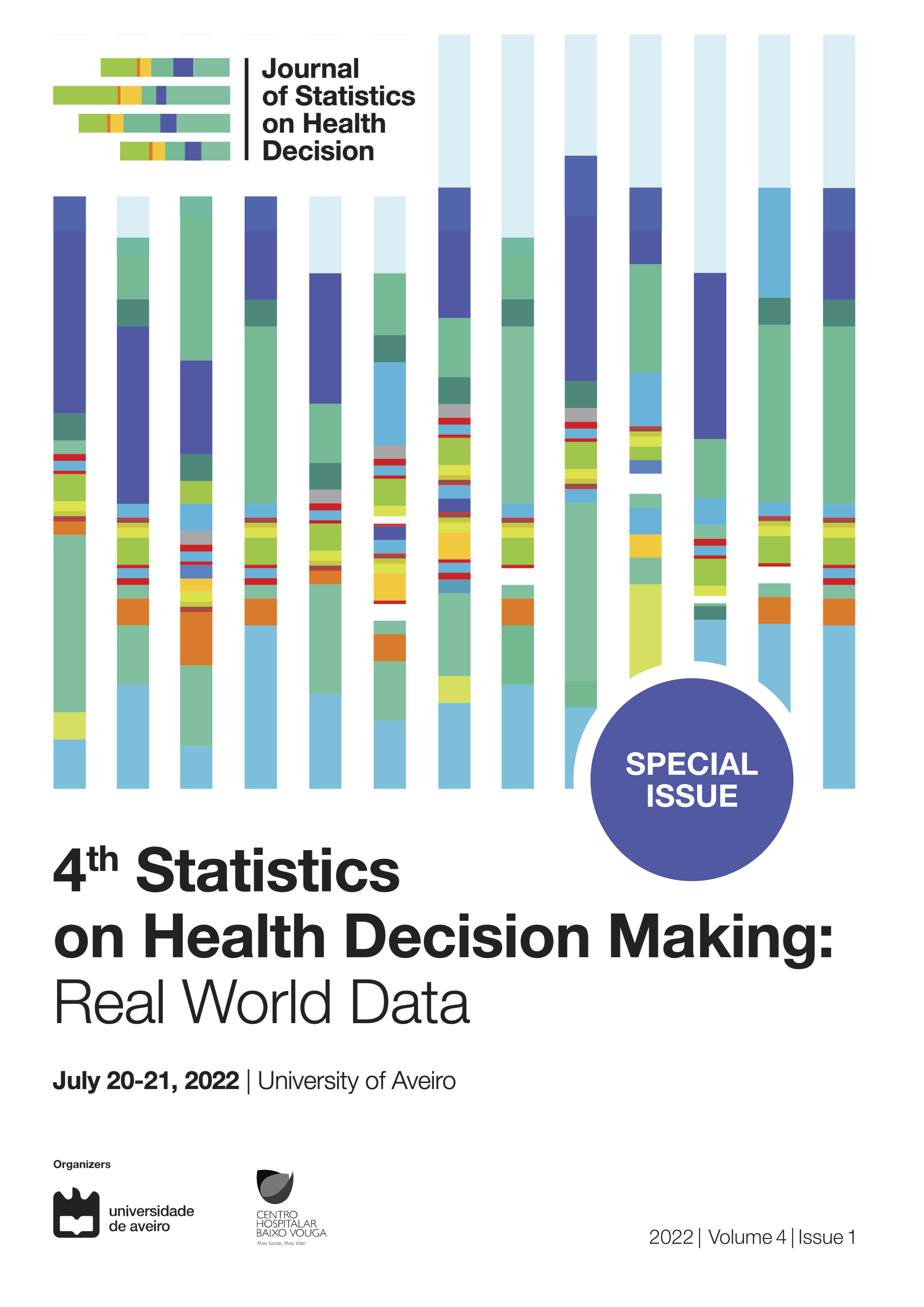Mortality prediction scores in burn patients – a comparative analysis
Burns Mortality prediction scores
Abstract
Introduction:The aim of this study consisted of accuracy assessment and comparison of different mortality prediction models performance used in the burn population from our burns unit (BU), comparing survivors and non-survivors clinical and demographic characteristics.
Methods:
A retrospective study of adult burn patients admitted to our BU in a 5-year period was performed. Toxic epidermal necrolysis and polytraumatized patients were not included. Mortality rate was assessed. Survivors and non-survivors clinical and sociodemographic characteristics were analyzed and compared. Four models were included, namely Abbreviated Burn Severity Index (ABSI), Belgian Outcome in Burn Injury (BOBI), revised-Baux and Ryan model. Observed and predicted mortality were compared using Hosmer-Lemeshow test for models goodness-of-fit, receiver operating curves (ROC) and area under curve (AUC) for discriminative performance evaluation.
Results:Our cohort consisted of 641 patients, in which 58,2% were male. Patients mean age was 60.02 ± 18.97 years and total burned surface area (TBSA) was 12.94 ± 15.11 %. Third degree burns were present in 71% and inhalation injury in 12.3%. Observed mortality rate was 9.4% (n=60). Non-survivors were significantly older (73 vs. 60 years; p<0.001), had a larger TBSA (27.75 vs. 7%; p<0.001), higher frequency of third-degree burns (96.7 vs. 68.3%; p<0.001) and inhalation injury (31,7% vs. 10,3%; p<0.001), but no gender significant difference was verified. All models demonstrated an adequate goodness-of-fit, all with p-values >0.05 in Hosmer-Lemeshow test assessment. Revised-Baux (AUC 0.870 ± 0.025), ABSI (AUC 0.850 ± 0.026) and BOBI (AUC 0.831 ± 0.026) have demonstrated good discriminative power and Ryan model (0.774 ± 0.030) was only moderate.
Discussion:The four models revealed proper predictive performance, with revised-Baux presenting as the most accurate model for mortality prediction. Their use in the BU represents a practical and valuable tool for risk stratification, treatment appropriateness and improve the burns care quality control.
Copyright (c) 2022 Gonçalo Tomé Ferreira

This work is licensed under a Creative Commons Attribution-NonCommercial-NoDerivatives 4.0 International License.
When submitting an article to the Journal of Statistics on Health Decision (JSHD), authors certify the following clauses:
- Originality and single submission – The contents presented in the article have not been published previously in whole or in part, and were not submitted or are not under active consideration elsewhere prior JSHD decision. The article is authentic and does not contain plagiarism.
- Authorship – All authors reviewed the article, agreed with its content, and agreed to its submission to the JSHD. All the authorship criteria stated by The International Committee of Medical Journal Editors Guidelines were met.
- Conflicts of interest – Any conflict of interests were declared. If authors have no declaration, it should be written (in the acknowledgements section): “The authors declare no conflict of interests”.
- Ethics committee and informed consent (if applicable) – The current research was approved by an independent ethics committee and subjects gave their informed consent before they were enrolled in the study.
- And authors agree to the Open Access license agreement of the Journal of Statistics on Health Decision, stated bellow.








